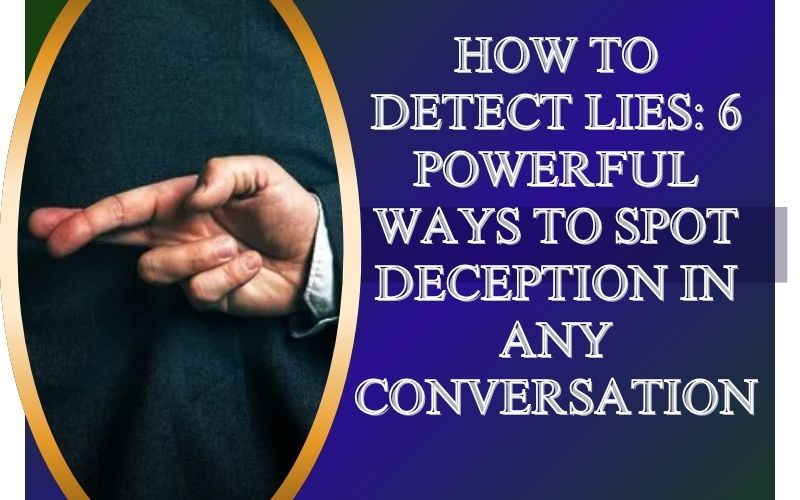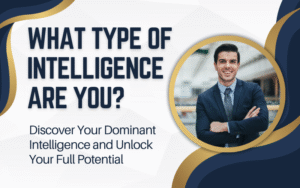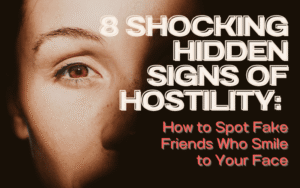How to detect lies is a skill every woman needs in her social toolkit, whether you’re navigating workplace politics, dating, or dealing with friendships. We’ve all been there – that nagging feeling that someone isn’t being completely honest with us, but we can’t quite put our finger on why. The good news? Your intuition is probably spot-on, and there are proven techniques to help you uncover the truth.
Why Learning How to Detect Lies Matters for Women
In today’s world, being able to spot deception isn’t just useful – it’s essential. From professional settings where colleagues might take credit for your work to personal relationships where trust is paramount, knowing how to detect lies can save you from heartache, career setbacks, and toxic situations.
Research shows that the average person encounters lies multiple times per day, often without realizing it. A study published in the Journal of Basic and Applied Social Psychology found that people lie in approximately 22% of their social interactions. That’s nearly one in four conversations!
The Science Behind How to Detect Lies
Before we dive into specific techniques, let’s understand what happens when people lie. When someone is being deceptive, their brain works overtime to construct and maintain the false narrative. This cognitive load often manifests in physical and verbal tells that trained observers can spot.
Neurological research indicates that lying activates different brain regions than truth-telling, creating measurable changes in behavior, speech patterns, and body language. Understanding these changes is key to mastering how to detect lies effectively.
3 Proven Verbal Techniques for How to Detect Lies
1. Master the Art of Open-Ended Questions
The first powerful method for how to detect lies involves asking open-ended questions that require detailed responses. Instead of questions that can be answered with a simple “yes” or “no,” try these approaches:
- “What exactly happened during that meeting?”
- “How did you feel when that occurred?”
- “What was going through your mind at that moment?”
- “Can you walk me through the entire process?”
When someone is lying, they often struggle with open-ended questions because they require more creative thinking and detail construction. Truth-tellers typically provide rich, coherent narratives, while liars may give shorter, vaguer responses or seem uncomfortable with the depth of detail requested.
2. Dig Deep into the Details
This technique for how to detect lies involves asking for specific, granular details about the story being told. Request information about:
- Sensory experiences (what they saw, heard, smelled, felt)
- Emotional states during different parts of the story
- Who else was present and what they were doing
- Specific timelines and sequences of events
- Environmental details about the setting
Truthful people can usually provide these details naturally because they experienced them. Liars, however, may struggle to invent convincing specifics on the spot, often providing inconsistent or implausible details.
3. Use the Element of Surprise
One of the most effective ways to learn how to detect lies is to throw the person off their prepared script. This technique involves suddenly changing the subject or asking an unexpected question mid-conversation.
For example, if someone is telling you about their weekend trip, you might suddenly ask, “Oh, have you seen my blue pen anywhere?” The genuine surprise and need to mentally reset can cause liars to show their discomfort or confusion more clearly than someone telling the truth.
How to Detect Lies Through Body Language and Energy
Trust Your Gut Instincts
Your body often knows how to detect lies before your mind catches up. That uncomfortable feeling you get around certain people? That’s your subconscious picking up on micro-expressions, energy shifts, and subtle behavioral cues that indicate deception.
Pay attention to:
- Feelings of discomfort or unease during conversations
- Sudden urges to physically distance yourself from someone
- Tension in your own body when listening to their story
- A sense that something “feels off” even if you can’t articulate why
Watch for Physical Tells
Learning how to detect lies also involves observing physical behavior. Common signs include:
- Fidgeting or self-soothing behaviors (touching face, playing with hair, rubbing hands)
- Changes in posture or positioning
- Avoiding eye contact or, conversely, maintaining unnaturally intense eye contact
- Nervous laughter or inappropriate emotional responses
- Changes in vocal tone, pace, or volume
Advanced Strategies for How to Detect Lies
The Consistency Check
One sophisticated approach to how to detect lies involves checking for consistency across multiple tellings of the same story. Ask the person to recount the same events at different times and compare their responses. Truthful stories typically remain consistent, while fabricated ones may change in small but significant ways.
Emotional Congruence
Another key aspect of how to detect lies is assessing whether the person’s emotional responses match their story. If someone claims to be devastated about a breakup but shows no genuine sadness, or says they’re excited about a promotion while appearing anxious, these emotional mismatches can indicate deception.
The Reverse Timeline Test
Try asking someone to tell their story backwards, starting from the end and working to the beginning. This technique for how to detect lies works because truthful memories can be accessed in any order, while fabricated stories are typically constructed in chronological sequence and become difficult to reverse.
Common Mistakes When Learning How to Detect Lies
Many people make these errors when trying to spot deception:
- Over-relying on single indicators: No single behavior definitively proves someone is lying
- Ignoring context: Nervousness might be due to the situation, not deception
- Assuming universality: Cultural differences affect how people express themselves
- Confirmation bias: Looking only for evidence that supports your suspicions
Digital Age Considerations for How to Detect Lies
In our connected world, learning how to detect lies also means understanding digital deception. Text messages, social media posts, and video calls each present unique challenges and opportunities for spotting dishonesty.
Look for:
- Unusually long response times to simple questions
- Overly formal or stilted language in casual conversations
- Inconsistencies between online persona and real-life behavior
- Avoidance of video calls or phone conversations
When to Apply These How to Detect Lies Techniques
While these skills are valuable, use them judiciously. Constantly analyzing every interaction for deception can damage relationships and create unnecessary stress. Focus on situations where:
- Trust is particularly important (romantic relationships, business partnerships)
- The stakes are high (job interviews, major purchases, legal matters)
- You have a genuine reason to suspect deception
- Your safety or wellbeing might be at risk
Building Your Deception Detection Skills
Like any skill, learning how to detect lies improves with practice. Start by:
- Observing interactions in low-stakes situations to practice reading body language and vocal cues
- Studying psychology resources about deception and human behavior
- Watching true crime documentaries that analyze deceptive behavior
- Practicing active listening to become more attuned to verbal inconsistencies
The Ethical Dimension of How to Detect Lies
Remember that learning how to detect lies comes with responsibility. Use these skills to protect yourself and make informed decisions, not to manipulate or harm others. Everyone deserves privacy and the benefit of the doubt in most situations.
Moving Forward with Confidence
Mastering how to detect lies isn’t about becoming suspicious of everyone around you – it’s about developing the skills to protect yourself and make better decisions. Trust your instincts, ask the right questions, and pay attention to the full spectrum of human communication.
The ability to spot deception is particularly valuable for women navigating complex social and professional landscapes. Whether you’re dealing with a potentially dishonest boss, a friend who might be taking advantage of your kindness, or a romantic partner who seems to be hiding something, these techniques can help you get to the truth.
Remember, the goal isn’t to become a human lie detector overnight. It’s about developing a more nuanced understanding of human behavior and communication that serves you well in all areas of life. With practice and patience, you’ll find yourself becoming more confident in your ability to read people and situations accurately.
Your intuition is powerful – these techniques for how to detect lies simply help you understand and trust what you’re already sensing. Use them wisely, and they’ll serve you well in creating more authentic, honest relationships and making better decisions in all areas of your life.
“Detecting Lies and Deceit: Pitfalls and Opportunities” by Aldert Vrij This is the most comprehensive review of deception research to date, covering all three aspects of deception: nonverbal cues, analysis of speech and written statements, and (neuro)physiological responses. The author discusses the most common mistakes in lie detection and provides practical recommendations for improving deception detection skills. Why you should buy it: This is a scientifically-based book from a leading expert in the psychology of lying, perfect for serious study of the topic.

“Don’t Be Deceived: The Definitive Book on Detecting Deception” by Mark McClish This book positions itself as “the definitive book on detecting deception” The author focuses on practical techniques that can be applied in everyday life. Why you should buy it: Practical approach, clear language, suitable for beginners who want to quickly master basic lie detection skills.

“Human Lie Detection and Body Language 101” by Vanessa Edwards The book provides numerous real-life examples and tons of practical advice that can be used immediately. The author explains how to read people’s nonverbal behavior and recognize lies through body language. Why you should buy it: Excellent combination of theory and practice, many specific examples, easy to read, especially suitable for women who want to improve their people-reading skills.

Additional recommendations:
- “Secrets of Detecting Lies: Handbook for Body Language Deception Detection” by Doug Whetstone – specializes in body language analysis for deception detection Secrets of Detecting Lies:

All these books are available on Amazon and have received good reader reviews. I recommend starting with Vanessa Edwards’ book for basic understanding, then delving deeper into the scientific aspects with Aldert Vrij’s book.




